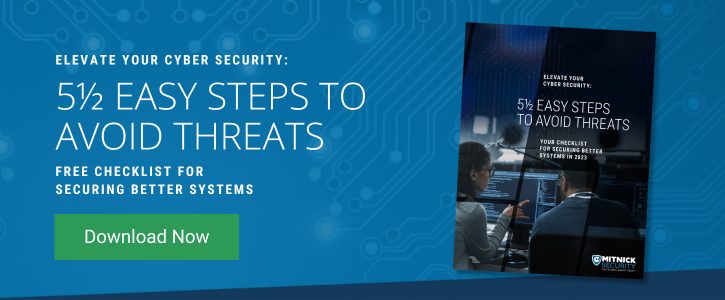Companies are producing an exponential amount of data every day and by 2025, it’s estimated that there will be about 181 zettabytes of data. As your organization grows, so will the amount of data it requires to operate, opening up more opportunities for hackers to exploit your organization.
With more data and a robust infrastructure to protect, you need more advanced testing to ensure your security posture is strong enough to withstand sophisticated attacks. One popular testing strategy is Red Team operations. Here’s what you can expect during a Red Team engagement and how it can help your enterprise maximize its cybersecurity.
What Happens During Red Team Operations?
The Kick-off Call
Although each cybersecurity company will have different steps for conducting Red Team operations, the typical first step is a kick-off call between their team and yours. During this call, it’s best that you establish goals, rules of engagement, length of the engagement, and what date works best for your team and theirs.
Establishing Rules of Engagement
After the initial phase of Red Team operations, the Red Team pentesters will then launch a coordinated attack on your systems with the established rules of engagement in mind. During this attack, the Red Team will utilize a variety of tactics to get access to your data.
During the Red Team Pentest
When the Red Team is able to gain a foothold on the network, not only will they note the vulnerability they exploited to get to your systems, but they’ll also laterally move in your environment to obtain predetermined coveted files. The Red Team will look for deeper weaknesses in your security posture and take the attack as far as your rules of engagement allow.
These attempts to access your data will mostly occur undetected. This enables your organization to perform operations normally with little to zero roadblocks or downtime. However, there can be instances where the Mitnick Security team will utilize phishing and social engineering techniques as a way of determining an entry to sensitive data. For example, the Red Team may target HR or financial departments or even team members on apps such as Slack to earn divulged information.
A recent Red Team test from Mitnick Security yielded full SSNs and plenty more by initiating a string of phishing emails onto a company from what appeared to be a familiar and safe website.
Ultimately, the goal of Red Team operations is to identify the biggest weaknesses you have in your system and how a hacker would be able to navigate laterally through your company to get the most sensitive information possible.
Red Team Analysis Report
A Red Team engagement report details how the pentesters got past your security measures and what they found in your systems. The pentester will walk through each step of their Red Team assessment and highlight what weaknesses they found, how you can improve those vulnerabilities, and what the consequences would be if a bad actor carried out these attacks. For example, if the report showed that your security infrastructure was vulnerable to malware or viruses, they may suggest you protect your systems with better antivirus/antimalware. If the Red Team discovered that your organization is susceptible to social engineering attacks, they may recommend your team undergo more cybersecurity training.
Mitnick Security outlines weaknesses into an easy-to-follow, color-coded format:
- Informational — no concern or risk.
- Low risk — a hacker is not likely to make a move here, but still possible.
- Medium risk — a hacker could make an attack with access to other vulnerabilities.
- High risk — an attacker could initiate a hack and have probable odds of accessing sensitive information.
- Critical risk — essentially a wide-open door for hackers to steal your data right now.
The report also outlines suggestions for security upgrades, including what you need to secure and in what order you should reinforce your security stack via a series of graphs to easily visualize the next steps.
The Benefits of Investing in Red Team Operations
Approximately 30,000 websites are hacked across the world every day, making it absolutely critical to have the most modern and secure cybersecurity measures in place for your enterprise.
Red Team operations can provide the following benefits for your organization:
- Identify weaknesses that aren’t immediately visible, preventing catastrophic cybersecurity consequences from happening.
- Helps businesses understand various tactics and attacks to deepen cybersecurity knowledge and minimize hackers from moving laterally across systems.
- Improve the tactics, critical thinking, and problem solving abilities of your Blue Team.
- Update and adapt your organizational policies and guidelines for the best practices and responses to hackers.
- Discover what areas of your security posture are strong and how they can maintain resiliency.
- Provide short, medium and long term goals after Red Team operations.
Protect Your Organization’s Information With Mitnick Security
With Mitnick Security’s Global Ghost Team, not only will you receive the most comprehensive and cutting-edge Red Team penetration testing, you’ll also have the best cybersecurity team helping your team understand the best preventative measures you can take to reinforce your security posture.
Led by none other than the top world renowned hacker Kevin Mitnick, the Global Ghost Team brings enterprises across the world a mastery over several types of pentesting, a swathe of master-class certifications, and a 100% success rate of completing cybersecurity objectives.
Learn to Avoid Cyber Threats in 5 ½ Easy Steps from the most experienced and successful cybersecurity experts in the industry.




